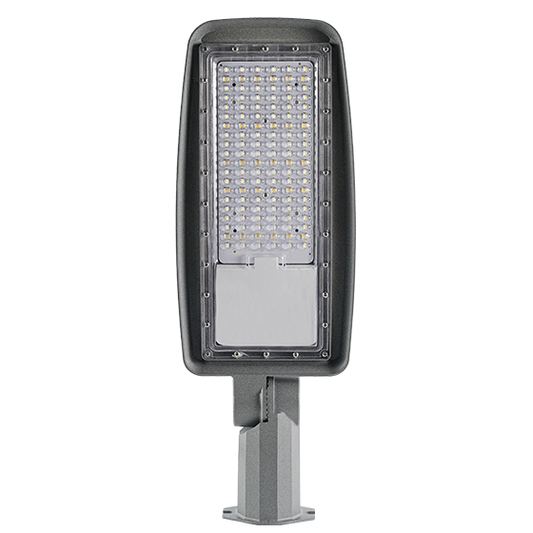
Get A Quote
Are street light affecting flowers?
Are street lights affecting flowers? It's a question that may not immediately come to mind when considering the impact of urban infrastructure on nature. However, the presence of street LED light in our cities and towns can significantly influence the growth and blooming cycles of various plants and flowers. Yes, streetlights do affect flowers, albeit in subtle yet impactful ways. The introduction of artificial light in urban settings has inadvertently disturbed the natural rhythm of plant life. Scientific studies have increasingly shown that the presence of street lights can disrupt the flowering patterns and growth cycles of various plants. These lights, particularly those emitting specific wavelengths like blue and white, interfere with the photoperiodic cues that plants rely on to regulate their biological processes.
Consequently, exposure to artificial light at night can lead to alterations in the timing of flowering for many plant species. It's a shift that might seem inconsequential at first glance, but it has tangible repercussions on the health and reproduction of these floral entities within our urban landscapes.
How does street light affect flowers?
It has an intricate relationship between plants and light. Natural sunlight plays a pivotal role in the life cycle of plants, as it serves as the primary source of energy through photosynthesis. But when artificial light from street lamps enters the equation, it can disrupt this delicate balance. The impact of street lights on flowers revolves around their response to different wavelengths and intensities of light. Plants have evolved to rely on the changing patterns of natural light, using it as a cue for various physiological processes, including flowering. However, the introduction of artificial light at night alters these patterns, confusing the internal clocks of plants and leading to disruptions in their growth cycles. This interference with their natural rhythm affects not just the timing but also the quality and quantity of blooms, influencing the overall health and reproductive success of flowering plants in urban environments.
Several studies have shown that exposure to artificial light at night can interfere with the circadian rhythms of plants. Just as it affects human sleep patterns, excessive light exposure during nighttime can confuse plants, altering their flowering cycles. Certain flowers, particularly those sensitive to changes in light, might bloom earlier or later than their natural schedule when exposed to street lights.
Additionally, specific wavelengths of light emitted by street lamps, such as blue and white light, can have varying effects on plant growth. Some plants may respond positively to these lights, experiencing accelerated growth, while others might exhibit stunted development or irregular blooming patterns.
Tips to protect plants under street lights:
Shielding: Installing shields or barriers around plants can help mitigate direct exposure to street light. This can be achieved through strategically placed barriers or by planting taller vegetation nearby to act as a natural shield.
Selective Planting: Opt for plant species that are less sensitive to artificial light. Research and select flora that can adapt and thrive despite the presence of street lights.
Timed Lighting: Consider implementing timers or sensors to regulate street lights. By dimming or turning off lights during specific periods, you can reduce the impact on nearby plants' natural cycles.
Positioning: Carefully plan the placement of plants in areas less affected by direct light. This can help minimize the adverse effects of street lighting on their growth and flowering patterns.
Conclusion
In conclusion, for the question “will street light affect flowering?” it’s definitely yes, the influence of street lights on flowering plants is a nuanced aspect of urban ecology. While these lights play a crucial role in providing safety and visibility in urban environments, their unintended consequences on plant life cannot be ignored. Understanding and addressing the effects of artificial light on flowers is crucial to preserving the natural cycles and biodiversity within urban landscapes.
By implementing thoughtful strategies such as shielding, selective planting, timed lighting, and strategic positioning, it's possible to mitigate the negative impact of street lights on plants. Balancing the needs of urban infrastructure with the preservation of nature's delicate balance is essential for creating harmonious city environments where both humans and plants can thrive.

